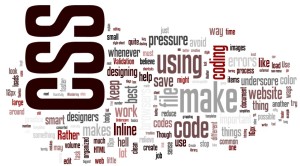
- Inline Style: More complicated than it looks at face value, the Inline style of CSS coding is twined with HTML tags. You have to use ‘style’ as the attribute to make it tick. It is advisable that you use this style sparingly as editing becomes tough if it is too frequently sprinkled.
- External Style Sheets: The most popular and easiest of the three, External Style Sheets allow you to make changes to the entire website in one go. Using this kind of CSS coding is beneficial for the users as well. They need to download lesser amount of data in order to view the website. It helps immensely for websites designed exclusively for mobile phones.
- Internal Style Sheets: More efficient for a single paragraph or web page than an entire website, Internal Style sheets are planted at the very heading of the HTML code.








0 Comments